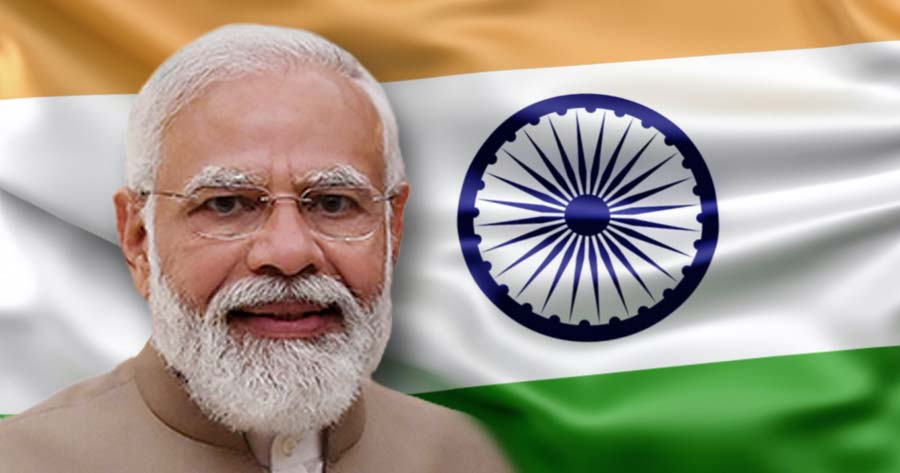Indian Prime Minister Narendra Modi is preparing to introduce further reductions in tariffs prior to his upcoming meeting with U.S. President Donald Trump, aiming to potentially increase American exports to India and prevent a looming trade conflict, according to government sources.
Modi is scheduled to travel to the U.S. this week as Trump gears up to unveil retaliatory tariffs targeting multiple nations, in a strategic move to reshape global trade dynamics in favor of the United States. Although not explicitly naming the countries to be affected, Trump has previously criticized India as a “significant trade abuser,” emphasizing the need for India to purchase more American security equipment to establish a balanced bilateral trade relationship.
Just this morning, Trump had announced an additional 25% tariff on all steel and aluminum imports to the US, on top of existing metal duties. Moreover, the U.S. would introduce additional reciprocal tariffs, matching the tariff rates imposed by other countries.
According to World Trade Organization data, the US has an average tariff rate of 2.2%, notably lower than India, Brazil, Vietnam, and the European Union, which have rates ranging from 2.7% to 12%.
India is contemplating tariff cuts across various sectors, including electronic goods, medical equipment, surgical instruments, and select chemicals, with the intention of enhancing U.S. exports. These potential reductions align with New Delhi’s objectives for domestic production, as per undisclosed government sources.
The discussions on tariff concessions are centered on items predominantly sourced from the U.S. by India or those with the potential for increased imports, such as dish antennas and wood pulp. It is anticipated that Modi will engage with Trump on tariff-related matters during their forthcoming meeting, with India demonstrating openness towards the possibility of negotiating a limited trade agreement.
This proactive engagement precedes a scenario akin to the trade tensions between the U.S. and China, highlighted one official, as Trump’s imposition of substantial 10% tariffs on Chinese imports led to retaliatory measures from Beijing affecting American energy exports.
The U.S. stands as India’s largest trade partner, with bilateral trade surpassing $118 billion in the fiscal year 2023/24, resulting in a $32 billion surplus for India.
The flourishing trade relations between the two countries over the past decade have positioned India as a significant partner for the U.S., a role increasingly vital in Washington’s efforts to counterbalance China’s expanding regional influence.





